Non Echo Planar Diffusion Weighted
High-resolution three-dimensional diffusion-weighted MRI/CT image data fusion for cholesteatoma.

Non echo planar diffusion weighted. Compared diagnostic performances of two incremental MRI protocols including non-echo planar diffusion-weighted imaging acquired on 3T and 1.5T scanners. This technique is also time saving in comparison to delayed post‐contrast imaging. Non-echo-planar imaging was found to be more reliable compared with echo-planar imaging in identifying residual/recurrent cholesteatoma in one systematic review.
Non-echo planar DWI is currently the imaging modality of choice due to its high diagnostic performance in the detection of post-operative cholesteatoma 1-3. Diffusion-weighted magnetic resonance imaging (DWI or DW-MRI) is the use of specific MRI sequences as well as software that generates images from the resulting data that uses the diffusion of water molecules to generate contrast in MR images. Non-echo planar DWI is superior for the.
Non-echo-planar imaging was found to be more reliable compared with echo-planar imaging in identifying residual/recurrent cholesteatoma in one systematic review. False Positive and Negative Imaging for Cholesteatomas on Non-Echo-Planar Diffusion Weighted MR Imaging Prior Tympanomastoidectomy Surgery. However, the DW MRI appearances of postoperative or inflammatory mucosal changes have not been well investigated, thus rendering the interpretation of postoperative DW MRI difficult in the presence of mucosal reactions.
Whereas this fast sequence may be sufficient to screen for residual cholesteatoma in canal. A prospective study of 33 ears, 21 with previous cholesteatoma surgery. This was a prospective study of 16 patients who.
Developed by renowned radiologists in each specialty, STATdx provides comprehensive decision support you can rely on - Pars Tensa Cholesteatoma. Research Article Head and Neck The Diagnostic Accuracy of Non-Echo-Planar Diffusion-Weighted Imaging in the Detection of Residual and/or Recurrent Cholesteatoma of the Temporal Bone M.H.G. As originally defined, echo planar imaging referred to a sequence in which data from all of k-space for an entire 2D plane was collected following a single RF-excitation pulse.
Li PM , Linos E , Gurgel RK et al. With CWU surgery, residual disease can be monitored through the use of non-echo planar diffusion-weighted imaging (DWI) if second-look surgery is to be avoided. Wenhui Huang 1 * Wenhui Huang.
Magnetic resonance imaging (MRI) and in particular diffusion-weighted imaging (DWI) have been broadly proven to be the reference imaging method to discriminate between cholesteatoma and noncholesteatomatous middle ear lesions, especially when high tissue specificity is required. However, the sequence is prone to artefact and care must be taken how the sequence is performed and interpreted 2. Non‐echo‐planar imaging (EPI) MRI has been recently introduced to improve the detection of small‐sized cholesteatoma and decrease different artefacts occurring in the EPI‐diffusion‐weighted (DW) technique.
Compared with the EP DWI sequence, the non-echo-planar diffusion weighted imaging (non-EPI) DW imaging sequence produces thinner slices and has a higher imaging matrix, and it tends to produce fewer magnetic susceptibility artifacts but requires longer imaging times (multi-shot non-echo-planar DWI sequences require approximately 8 min), and non. To evaluate non echo-planar diffusion weighted magnetic resonance imaging (non-EP DW MRI) at 9 months after primary surgery to rule out residual cholesteatoma in patients scheduled before second-look-surgical exploration. The non-echo planar diffusion-weighted MRI (non-EP DWI) sequence is efficient in identifying the restricted diffusion in the substance of cholesteatoma, and, thanks to its sensitivity and precision, has changed the way otolaryngologists manage chronic ear disease.
To describe the accuracy of non-echo-planar diffusion-weighted magnetic resonance imaging (DW MRI) in identifying middle ear cholesteatoma. A systematic review of diffusion-weighted magnetic resonance imaging in the assessment of postoperative cholesteatoma. To investigate the diagnostic value of non–echo planar diffusion-weighted magnetic resonance imaging (DW-MRI) for primary and recurrent/residual (postoperative) cholesteatoma in adults (≥18 years) after canal wall up surgery.
Developed by renowned radiologists in each specialty, STATdx provides comprehensive decision support you can rely on - Pars Flaccida Cholesteatoma. We prospectively assessed the diagnostic accuracy of MRI including delayed post. Previous studies demonstrated that, among DWI acquisition techniques, non-echo-planar imaging (EPI) MRI is a more accurate method in detecting middle ear cholesteatoma compared to EPI and it improves the detection of small-sized cholesteatoma and decreases artifacts occurring in the EPI diffusion weighted technique 1, 2, 4, 8, 11, 12;.
A systematic review of the literature was performed to identify studies in which patients suspected of having middle ear cholesteatoma underwent DW MRI scans prior to surgery. The standard examination is a T2-weighted series in the coronal and axial plane, followed by a non-echo planar DWI series (b-values 0, 1000). Yamashita K, Hiwatashi A, Togao O, et al.
To describe the accuracy of non-echo-planar diffusion-weighted magnetic resonance imaging (DW MRI) in identifying middle ear cholesteatoma.A meta-analysis of the published literature.A systematic review of the literature was performed to identify studies in which patients suspected of having middle ear cholesteatoma underwent DW MRI scans prior to surgery. Role of non-echo-planar diffusion-weighted images in the identification of recurrent cholesteatoma of the temporal bone Radiol Med. 1247 - 1250 6.
Errors Made in HASTE:. It allows the mapping of the diffusion process of molecules, mainly water, in biological tissues, in vivo and non-invasively. Non-echo-planar diffusion-weighted imaging represents an alternative to resolve this problem, once this method is less subject to this type of artifact, besides offering images with higher spatial resolution and thinner slice thickness, allowing the detection.
Recently, non-echo planar diffusion-weighted MR imaging (non-EP DW MRI) has gained much atten-tion due to its short acquisition time and high sensitivity and specificity for detecting even small cholesteatomas of 2 - 3 mm in size 1. Epub 19 Sep. Over the past decade, numerous imaging studies have been performed looking into detection of cholesteatomas, investigating both echo planar imaging (EPI) and non-EPI DWI sequences.
Non-echo-planar diffusion-weighted magnetic resonance imaging is superior to routine echo-planar diffusion-weighted magnetic resonance imaging as it minimises susceptibility artefacts;. Even in diagnostic testing with high sensitivity and specificity, false positives and false negatives occur. A meta-analysis of the published literature.
Non-echo planar diffusion weighted MRI (NEDWI MRI) is accurate in detecting cholesteatoma in the post-operative ear but the effect on surgical decision-making in the setting of revision mastoid surgery using surgical histopathology as the gold standard has not been investigated. Non-echo-planar DWI MR imaging (including the HASTE sequence) has been shown to be highly sensitive and specific for large cholesteatomas. Diffusion-weighted MRI (DW-MRI) is a powerful tool for the detection of cholesteatoma.
Jindal M, Riskalla A, Jiang D, et al. In this retrospective case review, 113 patients with chronic otitis underwent surgery (gold standard) for a clinical. In the modern lexicon these are termed single shot.
To examine the novel use of non-echo-planar diffusion weighted MRI (DWI) in depicting activity and treatment response in active Grave's orbitopathy (GO) by assessing, with inter-observer agreement, for a correlation between its apparent diffusion coefficients (ADCs) and conventional Short tau Inversion Recovery (STIR) MRI signal-intensity ratios (SIRs). The advent of diffusion-weighted MRI (DWMRI), particularly with non-echo planar (non-EPI) protocol, has been suggested as a viable alternative to second look surgery given its superb sensitivity and specificity 8,9,10. Diffusion-weighted (DW) magnetic resonance imaging (MRI) is emerging as an alternative to second-look surgery in ruling out residual or recurrent disease after cholesteatoma eradication.
Dremmen MH, Hofman PA, Hof JR, Stokroos RJ, Postma AA (12) The diagnostic accuracy of non-echo-planar diffusion-weighted imaging in the detection of residual and/or recurrent cholesteatoma of the temporal bone. Fusion of Computed Tomography and PROPELLER Diffusion-Weighted Magnetic Resonance Imaging for the Detection and Localization of Middle Ear Cholesteatoma. JAMA Otolaryngology-- Head & Neck Surgery , 142 (10), 947–53.
This diagnostic accuracy and ability to differentiate between post-surgical granulation and recidivism has led to its. Turbo spin non echo-planar diffusion weighted imaging (NEDWI) sequences were acquired in the coronal and axial plane using a 2 cm field of view and 2 values of the diffusion gradient:. T versus 5| 3, T Non-Echo-Planar Diffusion-Weighted Imaging in the detection of residual or recurrent cholesteatoma in the middle ear, mastoid.
More recently the term has been expanded to include any rapid gradient-echo or spin-echo sequence in which k-space is traversed in one or a small number of excitations. View This Abstract Online;. Non-echo-planar imaging was found to be more reliable compared with echo-planar imaging in identifying residual/recurrent cholesteatoma in one systematic review.
The aim of this study was to determine the certainty of non-echo-planar imaging diffusion-weighted magnetic resonance imaging (non-EPI DW MRI) in the diagnosis of primary and recurrent cholesteatoma in patients with clinical suspicion of cholesteatoma, assessing the sensitivity and specificity of the test in both groups. This study retrospectively compares diagnostic performance of 1.5 T versus 3 T non-echo planar diffusion weighted imaging with or without additional T1 and T2 sequences in the detection of residual and/or recurrent cholesteatoma. Non–echo-planar (EP) diffusion-weighted (DW) imaging had significantly higher sensitivity than delayed gadolinium-enhanced T1-weighted MR imaging.
On the DWI images with b-value 1000 s/mm 2, a cholesteatoma becomes apparent as a hyperintense area. Potential value of non-echo-planar diffusion-weighted imaging of the nasopharynx:. Sevy A, Sappington JM, Mehta R.
To examine the novel use of non-echo-planar diffusion weighted MRI (DWI) in depicting activity and treatment response in active Grave’s orbitopathy (GO) by assessing, with inter-observer agreement, for a correlation between its apparent diffusion coefficients (ADCs) and conventional Short tau Inversion Recovery (STIR) MRI signal-intensity ratios (SIRs). Authors Andrea Romano 1. Recent studies have shown that non-echo planar (non-EPI) diffusion-weighted (DW) magnetic resonance imaging (MRI) can accurately predict the presence and extent of cholesteatoma in both primary and.
However, the addition of this facility involves expensive magnetic resonance scanner upgrading. Non echo planar, diffusion-weighted magnetic resonance imaging (periodically rotated overlapping parallel lines with enhanced reconstruction sequence) compared with echo planar imaging for the detection of middle-ear cholesteatoma. Non-EPI requires also shorter acquisition time in comparison to delayed postcontrast sequences conventionally used in cholesteatoma imaging 2, 4, 7, 8, 13.
Another systematic review found that non-echo-planar diffusion-weighted MRI is highly sensitive and specific in identifying middle-ear cholesteatoma. The purpose of this study was to determine the diagnostic accuracy of HASTE DWI for the detection of incipient cholesteatoma in high-risk retraction pockets. The aim of our study was to evaluate the importance of a non-injected T1-weighted spin-echo sequence (T1WSE) combined with a non-echo-planar diffusion-weighted (non-EPDW) sequence for the pre-operative detection of cholesteatoma by the radiologist on MRI, compared to surgery.
The signal intensity should be higher than visible on the DWI images with b-value 0 s/mm 2. To assess the utility of DWI with echo-planar (EPI-DWI) and non-echo-planar (PROPELLER) sequences for the diagnosis of primary and recurrent cholesteatoma. A primary study for differential diagnosis between recurrent nasopharyngeal carcinoma and post-chemoradiation fibrosis Show all authors.
Diffusion-weighted imaging is particularly useful when distinguishing a cholesteatoma from other middle ear masses. The images were analysed and reported by a single, blinded consultant head and neck radiologist with experience and expertise in temporal bone imaging. The combination of delayed gadolinium-enhanced T1-weighted MR imaging and non-EP DW imaging yielded no higher sensitivity than non-EP DW imaging alone.
Diffusion-weighted magnetic resonance imaging (DWI) is an alternative to second-look surgery for the detection of cholesteatoma. ( 13 ) Evaluating the utility of non echo-planar diffusion-weighted imaging in the preoperative evaluation of cholesteatoma:. It is the only entity that demonstrates high signal intensity on DWI.
S Velthuis, K J van Everdingen, J J Quak and D R Colnot, The value of non echo planar, diffusion-weighted magnetic resonance imaging for the detection of residual or recurrent middle-ear cholesteatoma, The Journal of Laryngology & Otology, 10.1017/S, 128, 07, (599-603), (14). The aim of this study is to define a range of apparent diffusion coefficient (ADC) values within which. The diagnostic accuracy of 1.

Non Echoplanar Diffusion Weighted Mri Otology Neurotology Facebook
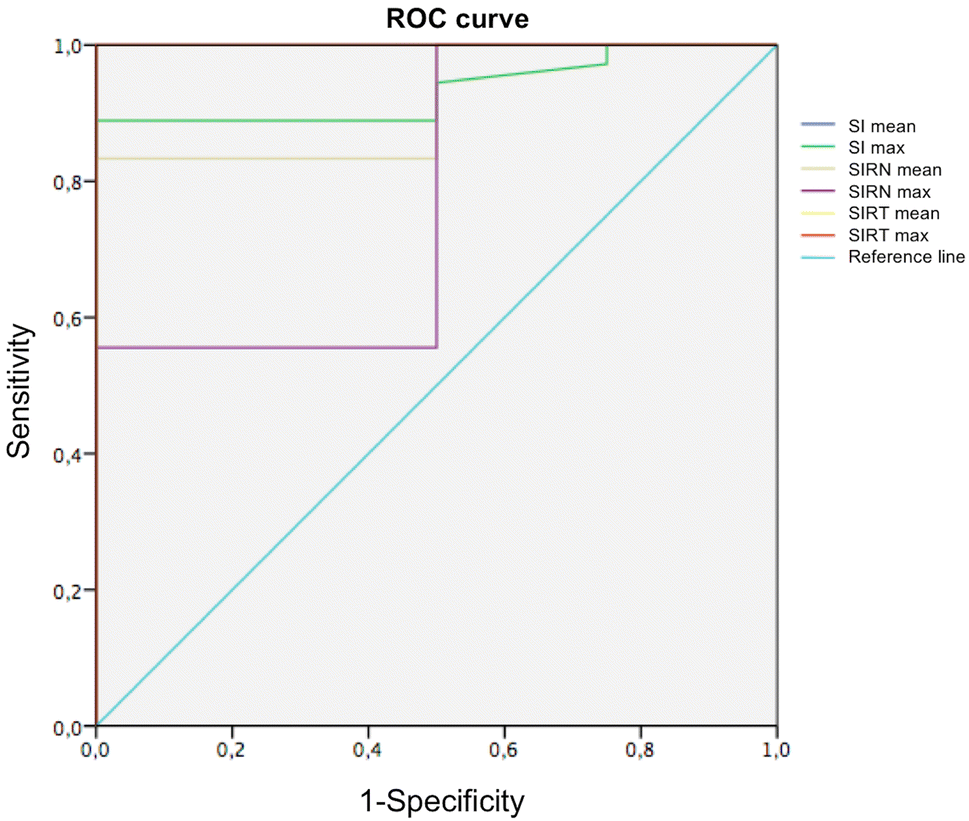
Role Of Non Echo Planar Diffusion Weighted Images In The Identification Of Recurrent Cholesteatoma Of The Temporal Bone Springerlink

Contemporary Non Echo Planar Diffusion Weighted Imaging Of Middle Ear Cholesteatomas Radiographics
Non Echo Planar Diffusion Weighted のギャラリー

Quick Breakdown Of Echo Planar Imaging Youtube
Gale Academic Onefile Document Using Non Echoplanar Diffusion Weighted Mri In Detecting Cholesteatoma Following Canal Wall Down Mastoidectomy Our Experience With Patient Episodes
2

The Diagnostic Accuracy Of Non Echo Planar Diffusion Weighted Imaging In The Detection Of Residual And Or Recurrent Cholesteatoma Of The Temporal Bone Ajnr News Digest

Pdf A Systematic Review Of Non Echo Planar Diffusion Weighted Magnetic Resonance Imaging For Detection Of Primary And Postoperative Cholesteatoma
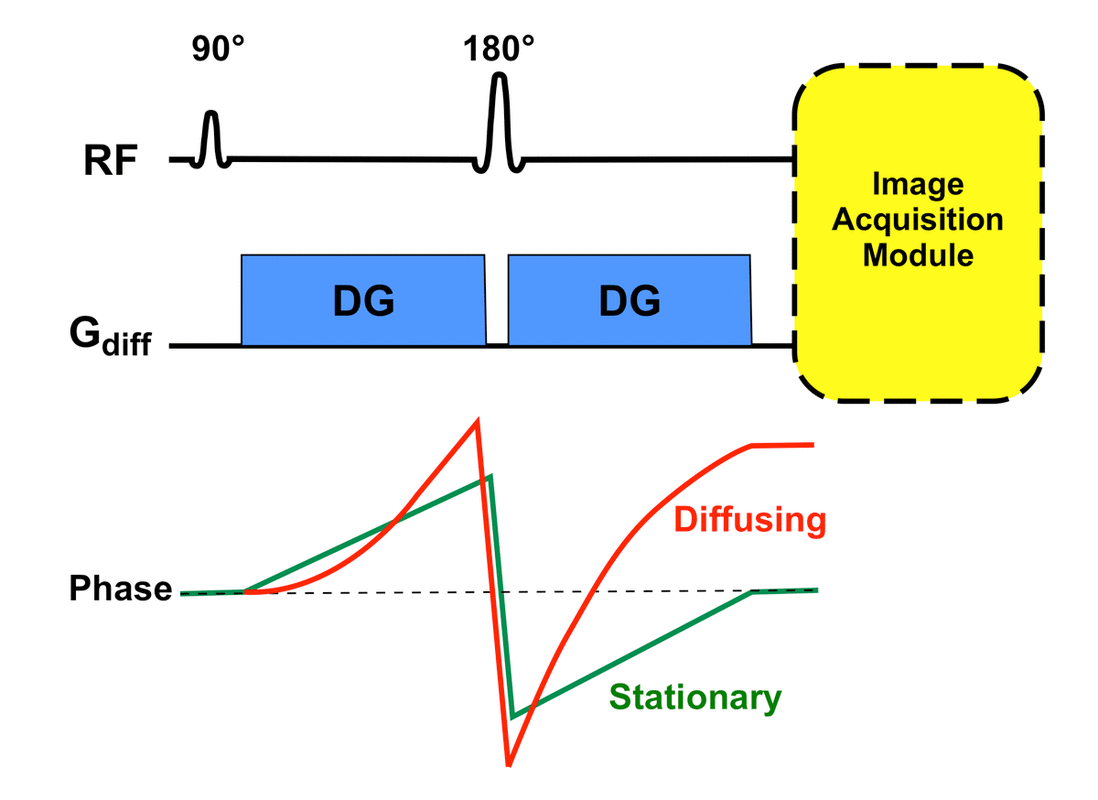
Dwi Questions And Answers In Mri

Non Echoplanar Diffusion Weighted Mri In Children And Adolescents With Cholesteatoma Reliability And Pitfalls In Comparison To Middle Ear Surgery Semantic Scholar
Www Birpublications Org Doi Pdf 10 1259 Bjro

Pdf Non Echoplanar Diffusion Weighted Imaging In The Detection Of Post Operative Middle Ear Cholesteatoma Navigating Beyond The Pitfalls To Find The Pearl
Pubs Rsna Org Doi Pdf 10 1148 Radiol

Single Shot Turbo Spin Echo Diffusion Weighted Imaging Versus Spin Echo Planar Diffusion Weighted Imaging In The Detection Of Acquired Middle Ear Cholesteatoma Ajnr News Digest

Diffusion Weighted Mr Imaging Of Primary And Recurrent Middle Ear Cholesteatoma An Assessment By Readers With Different Expertise

Non Echo Planar Diffusion Weighted Mri In Cholesteatoma One Typical Case One Atypical Case And One Rare False Positive Finding

Contemporary Non Echo Planar Diffusion Weighted Imaging Of Middle Ear Cholesteatomas Radiographics

Epos Trade

Diffusion Weighted Magnetic Resonance Imaging With Echo Planar And Non Echo Planar Propeller Techniques In The Clinical Evaluation Of Cholesteatoma

Diffusion Weighted Imaging With Dual Echo Echo Planar Imaging For Better Sensitivity To Acute Stroke
Intensity Corrected Dual Echo Echo Planar Imaging De Epi For Improved Pediatric Brain Diffusion Imaging
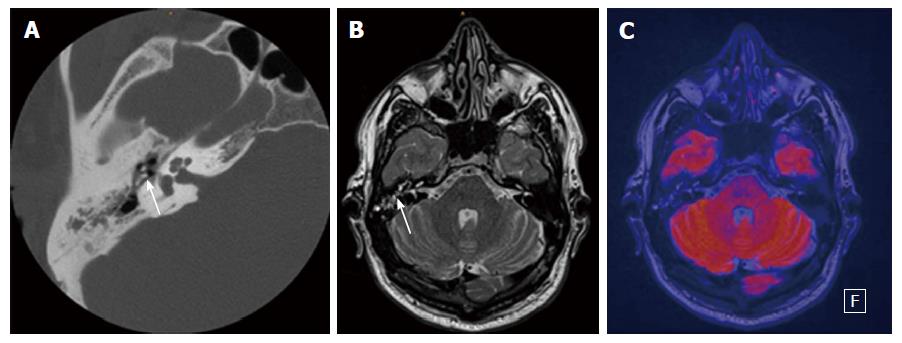
Diffusion Weighted Imaging For The Detection And Evaluation Of Cholesteatoma

The Diagnostic Accuracy Of Non Echo Planar Diffusion Weighted Imaging In The Detection Of Residual And Or Recurrent Cholesteatoma Of The Temporal Bone American Journal Of Neuroradiology

Turbo Spin Non Echo Planar Diffusion Weighted Mri For Cholesteatoma In Revision Mastoidectomy A Prospective Study Of Diagnostic Accuracy And Clinical Impact Paddle Australian Journal Of Otolaryngology

Non Epi Diffusion Weighted Mr Imaging In The Diagnosis Of Cholesteatoma Siemens Healthineers Belgium
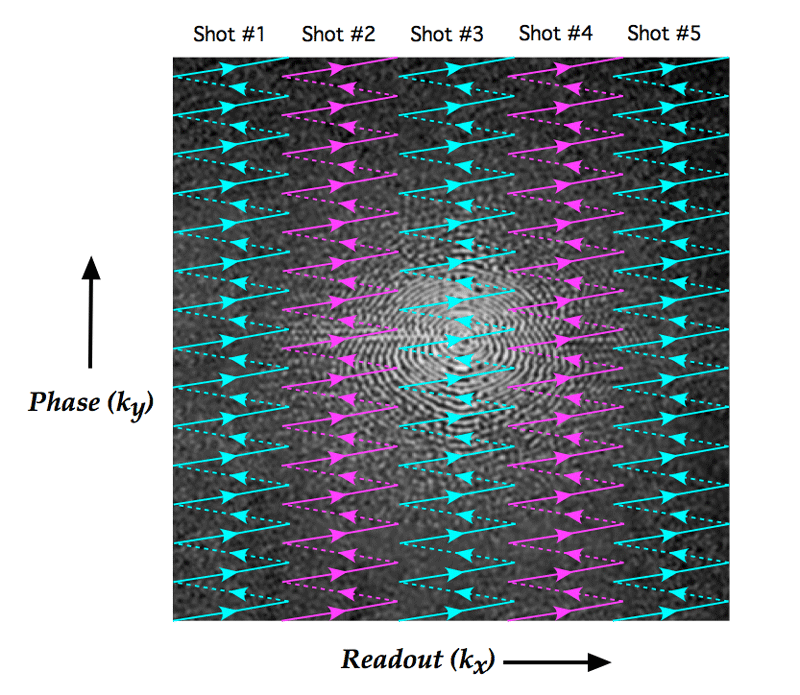
Magnetism Questions And Answers In Mri
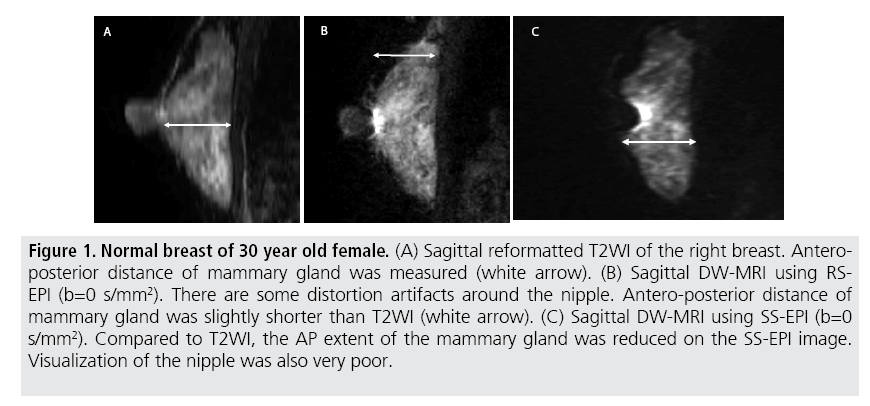
High Resolution Diffusion Weighted Mri Of The Breast Using Readout Segmented Epi And Single Shot Epi

Detectability And Anatomical Correlation Of Middle Ear Cholesteatoma Using Fused Thin Slice Non Echo Planar Imaging Diffusion Weighted Image And Magnetic Resonance Cisternography Fts Nepid Semantic Scholar

Pdf Non Echo Planar Diffusion Weighted Mri In Cholesteatoma One Typical Case One Atypical Case And One Rare False Positive Finding

Non Echo Planar Diffusion Weighted Mri In Cholesteatoma One Typical Case One Atypical Case And One Rare False Positive Finding

Evaluating The Utility Of Non Echo Planar Diffusion Weighted Imaging In The Preoperative Evaluation Of Cholesteatoma A Meta Analysis Li 13 The Laryngoscope Wiley Online Library

The Diagnostic Accuracy Of Non Echo Planar Diffusion Weighted Imaging In The Detection Of Residual And Or Recurrent Cholesteatoma Of The Temporal Bone American Journal Of Neuroradiology

Diffusion Weighted Mr Imaging Of Primary And Recurrent Middle Ear Cholesteatoma An Assessment By Readers With Different Expertise

Gross Tumour Volume Delineation In Anal Cancer On T2 Weighted And Diffusion Weighted Mri Reproducibility Between Radiologists And Radiation Oncologists And Impact Of Reader Experience Level And Dwi Image Quality Radiotherapy And

The Diagnostic Accuracy Of Non Echo Planar Diffusion Weighted Imaging In The Detection Of Residual And Or Recurrent Cholesteatoma Of The Temporal Bone American Journal Of Neuroradiology
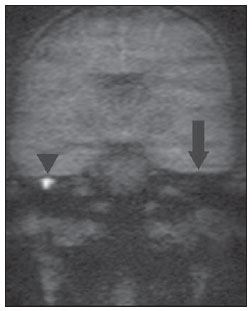
Radiologia Brasileira Colesteatoma Utilidade Da Sequencia De Difusao Sem Em Echoplanar Em Sup Sup

Phantoms For Diffusion Weighted Imaging And Diffusion Tensor Imaging Quality Control A Review And New Perspectives

Non Echo Planar Diffusion Weighted Mri In Cholesteatoma One Typical Case One Atypical Case And One Rare False Positive Finding
Http Pdf Posterng Netkey At Download Index Php Module Get Pdf By Id Poster Id

Imaging Evaluation Of Middle Ear Cholesteatoma Iconographic Essay

The Diagnostic Accuracy Of 1 5 T Versus 3 T Non Echo Planar Diffusion Weighted Imaging In The Detection Of Residual Or Recurrent Cholesteatoma In The Middle Ear And Mastoid Sciencedirect

Dwi Of Cholesteatoma Ajnr News Digest

Non Echo Planar Diffusion Weighted Magnetic Resonance Imaging Periodically Rotated Overlapping Parallel Lines With Enhanced Reconstruction Sequence Compared With Echo Planar Imaging For The Detection Of Middle Ear Cholesteatoma The Journal Of

Middle Ear Cholesteatoma Compared Diagnostic Performances Of Two Incremental Mri Protocols Including Non Echo Planar Diffusion Weighted Imaging Acquired On 3t And 1 5t Scanners Sciencedirect

Accuracy Of Turbo Spin Echo Diffusion Weighted Imaging Signal Intensity Measurements For The Diagnosis Of Cholesteatoma Abstract Europe Pmc
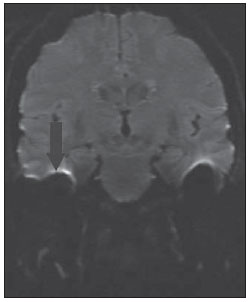
Radiologia Brasileira Colesteatoma Utilidade Da Sequencia De Difusao Sem Em Echoplanar Em Sup Sup

Contemporary Non Echo Planar Diffusion Weighted Imaging Of Middle Ear Cholesteatomas Radiographics

Figure 4 From Cholesteatoma Utility Of Non Echo Planar Diffusion Weighted Imaging Semantic Scholar

Resolve

Non Echo Planar Diffusion Weighted Mri In Cholesteatoma One Typical Case One Atypical Case And One Rare False Positive Finding

Diffusion Weighted Magnetic Resonance Imaging With Echo Planar And Non Echo Planar Propeller Techniques In The Clinical Evaluation Of Cholesteatoma

Resolve Multishot Echoplanar Diffusion Weighted Imaging Clinical Mri

Pdf Evaluation Of Acquired Cholesteatoma With Propeller Diffusion Imaging Mahmoud Abd El Ghaffar Academia Edu
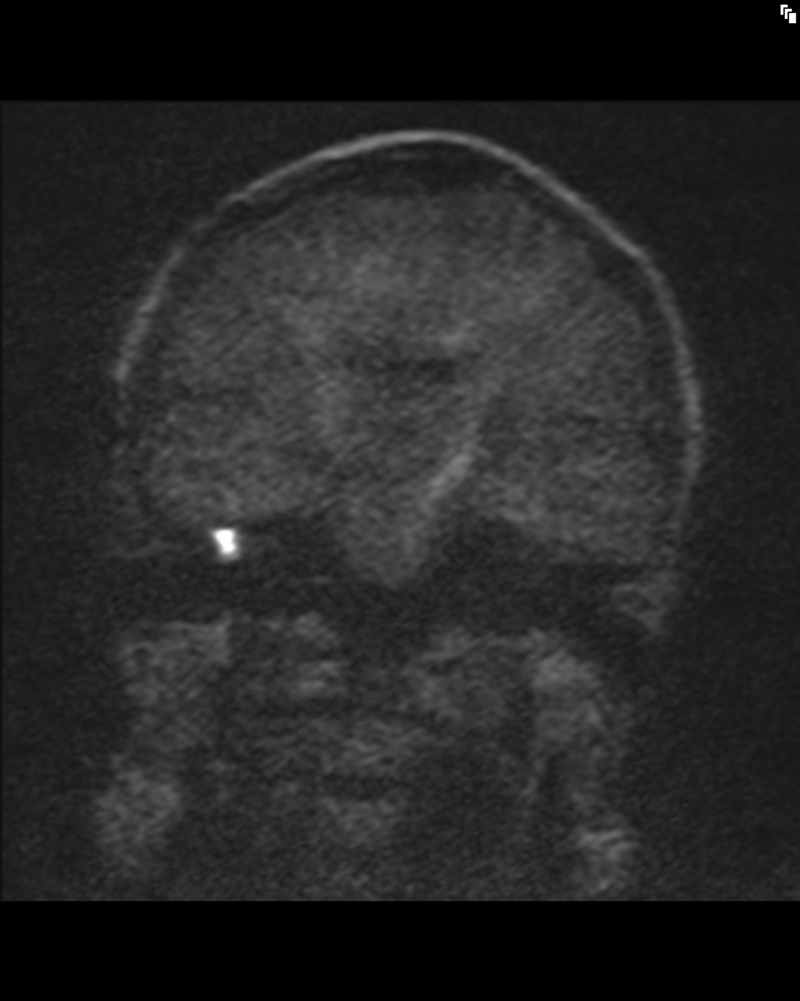
Detecting Postoperative Cholesteatoma With Diffusion Weighted Magnetic Resonance Imaging Ent Audiology News

Presentation1 Radiological Application Of Diffusion Weighted Mri In

The Utility Of Diffusion Weighted Imaging For Cholesteatoma Evaluation American Journal Of Neuroradiology

Analysis Of Phase Error Effects In Multishot Diffusion Prepared Turbo Spin Echo Imaging Van Quantitative Imaging In Medicine And Surgery

Mri Sequences Echo Planar Epi

Diffusion Weighted Imaging Of The Brain At 7 T With Echo Planar And Turbo Spin Echo Sequences Preliminary Results Sciencedirect

Figure 3 From Cholesteatoma Utility Of Non Echo Planar Diffusion Weighted Imaging Semantic Scholar

Diffusion Weighted Imaging Radiology Reference Article Radiopaedia Org

Comparison Of 2d Single Shot Turbo Spin Echo And Spin Echo Echo Planar Diffusion Weighted Brain Mri At 3 0 Tesla Preliminary Experience In Children Sciencedirect
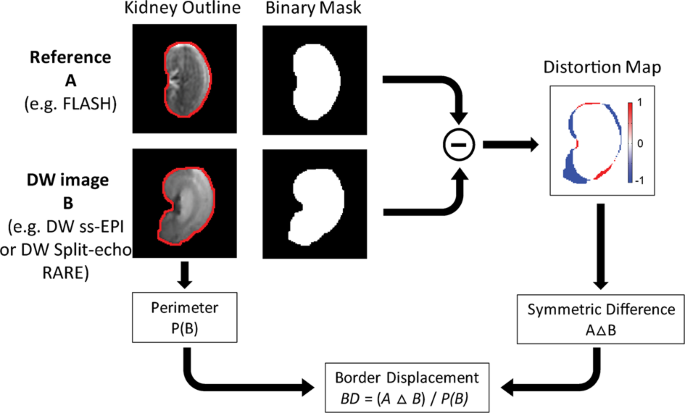
Diffusion Weighted Renal Mri At 9 4 Tesla Using Rare To Improve Anatomical Integrity Scientific Reports

Turbo Spin Non Echo Planar Diffusion Weighted Mri For Cholesteatoma In Revision Mastoidectomy A Prospective Study Of Diagnostic Accuracy And Clinical Impact Paddle Australian Journal Of Otolaryngology

Apparent Diffusion Coefficients For Detection Of Postoperative Middle Ear Cholesteatoma On Non Echo Planar Diffusion Weighted Images Semantic Scholar

High Resolution Diffusion Weighted Imaging Using Readout Segmented Echo Planar Imaging Parallel Imaging And A Two Dimensional Navigator Based Reacquisition Porter 09 Magnetic Resonance In Medicine Wiley Online Library
Plos One Differentiation Of Malignant And Benign Breast Lesions Added Value Of The Qualitative Analysis Of Breast Lesions On Diffusion Weighted Imaging Dwi Using Readout Segmented Echo Planar Imaging At 3 0 T

Jcm Free Full Text Texture Analysis Of Multi Shot Echo Planar Diffusion Weighted Imaging In Head And Neck Squamous Cell Carcinoma The Diagnostic Value For Nodal Metastasis Html

Pdf Middle Ear Cholesteatoma Non Echo Planar Diffusion Weighted Mr Imaging Versus Delayed Gadolinium Enhanced T1 Weighted Mr Imaging Value In Detection Semantic Scholar

Diffusion Weighted Magnetic Resonance Imaging With Echo Planar And Non Echo Planar Propeller Techniques In The Clinical Evaluation Of Cholesteatoma

Pdf Non Echo Planar Diffusion Weighted Imaging Of Middle Ear Cholesteatomas An Audit

Detection Of Middle Ear Cholesteatoma By Diffusion Weighted Mr Imaging Multishot Echo Planar Imaging Compared With Single Shot Echo Planar Imaging American Journal Of Neuroradiology
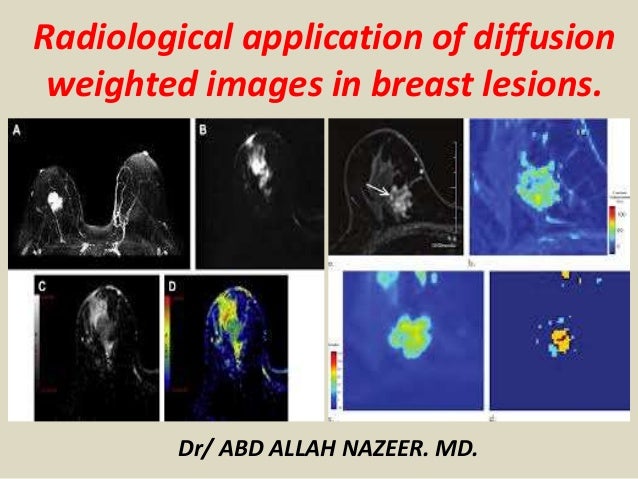
Presentation1 Radiological Application Of Diffusion Weighted Images

Epos C 1923

Fig 4 Single Shot Turbo Spin Echo Diffusion Weighted Imaging Versus Spin Echo Planar Diffusion Weighted Imaging In The Detection Of Acquired Middle Ear Cholesteatoma American Journal Of Neuroradiology
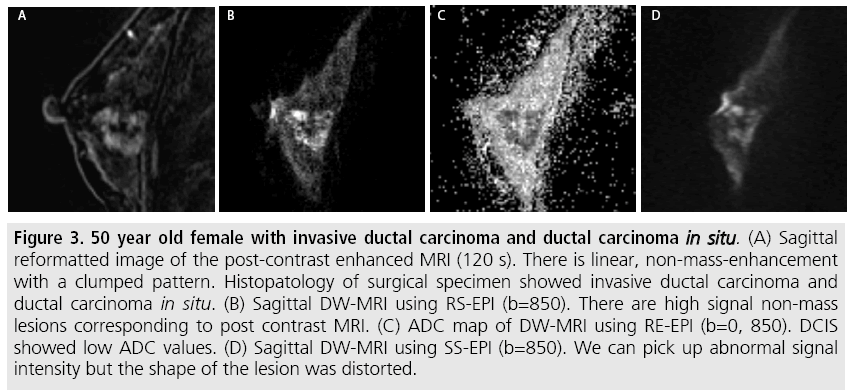
High Resolution Diffusion Weighted Mri Of The Breast Using Readout Segmented Epi And Single Shot Epi

Diffusion Weighted Imaging
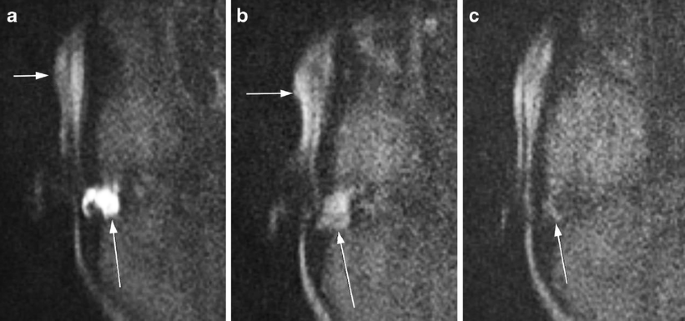
Non Echoplanar Diffusion Weighted Mri In Children And Adolescents With Cholesteatoma Reliability And Pitfalls In Comparison To Middle Ear Surgery Springerlink

Echo Planar Imaging Epi Questions And Answers In Mri

Epos Trade

Pdf The Value Of Non Echo Planar Diffusion Weighted Magnetic Resonance Imaging For The Detection Of Residual Or Recurrent Middle Ear Cholesteatoma

A Pictorial Review Of Implantable Hearing Devices What Does The Surgeon Want To Know Id 91 Eshnr 18 31st Annual Meeting And Refresher Course

Pdf Detection Of Postoperative Residual Cholesteatoma With Non Echo Planar Diffusion Weighted Magnetic Resonance Imaging Filip Deckers Academia Edu

Contemporary Non Echo Planar Diffusion Weighted Imaging Of Middle Ear Cholesteatomas Radiographics

Non Ep Dwi Mri Cannot Replace 2nd Look Otology Neurotology Facebook
Www Birpublications Org Doi Pdf 10 1259 Bjro
Www Birpublications Org Doi Pdf 10 1259 Bjro
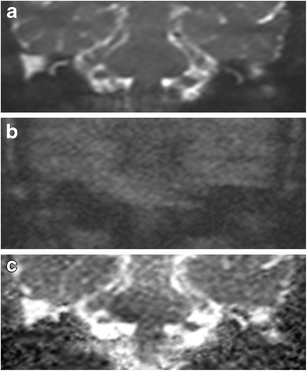
Non Echoplanar Diffusion Weighted Imaging In The Detection Of Post Operative Middle Ear Cholesteatoma Navigating Beyond The Pitfalls To Find The Pearl Springerlink
Http Www Ajnr Org Content Early 14 05 08 Ajnr A3952 Full Pdf
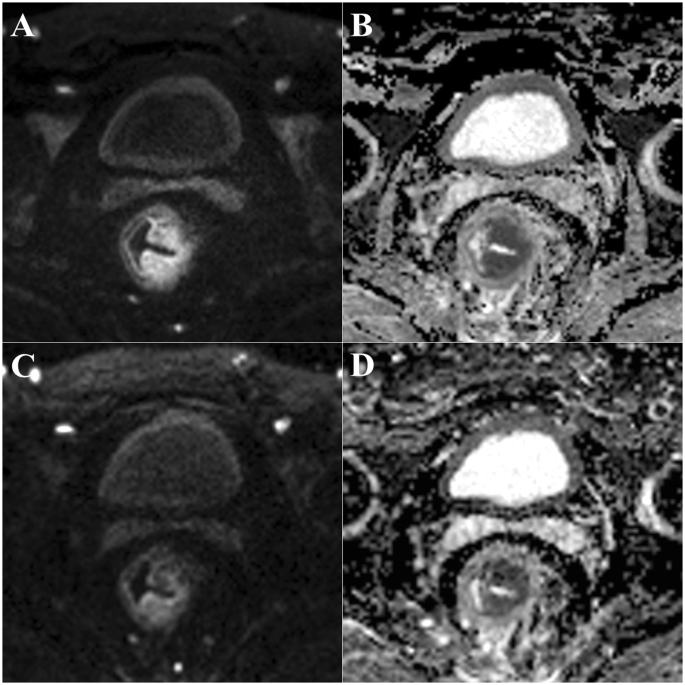
Readout Segmented Echo Planar Diffusion Weighted Mr For The Evaluation Of Aggressive Characteristics Of Rectal Cancer Scientific Reports
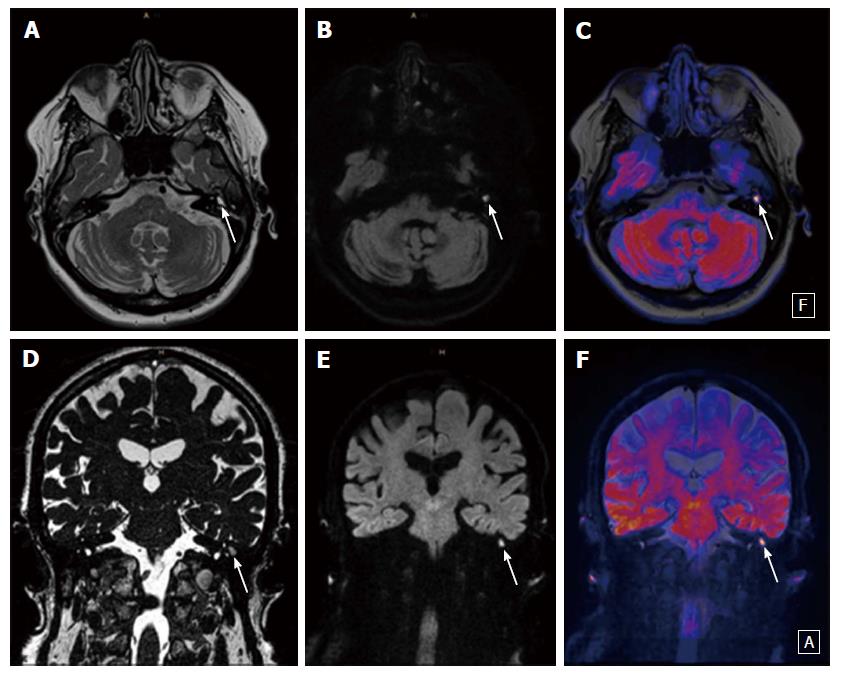
Diffusion Weighted Imaging For The Detection And Evaluation Of Cholesteatoma

Turbo Spin Non Echo Planar Diffusion Weighted Mri For Cholesteatoma In Revision Mastoidectomy A Prospective Study Of Diagnostic Accuracy And Clinical Impact Paddle Australian Journal Of Otolaryngology
Pubs Rsna Org Doi Pdf 10 1148 Rg
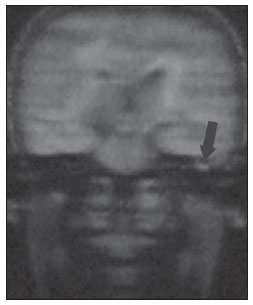
Radiologia Brasileira Colesteatoma Utilidade Da Sequencia De Difusao Sem Em Echoplanar Em Sup Sup
Intensity Corrected Dual Echo Echo Planar Imaging De Epi For Improved Pediatric Brain Diffusion Imaging
Http Pdf Posterng Netkey At Download Index Php Module Get Pdf By Id Poster Id

Pdf Potential Value Of Non Echo Planar Diffusion Weighted Imaging Of The Nasopharynx A Primary Study For Differential Diagnosis Between Recurrent Nasopharyngeal Carcinoma And Post Chemoradiation Fibrosis

Diffusion Weighted Imaging

Axial 2d Diffusion Weighted Spin Echo Echo Planar Imaging Download Table

Pdf The Value Of Non Echo Planar Diffusion Weighted Magnetic Resonance Imaging For The Detection Of Residual Or Recurrent Middle Ear Cholesteatoma



